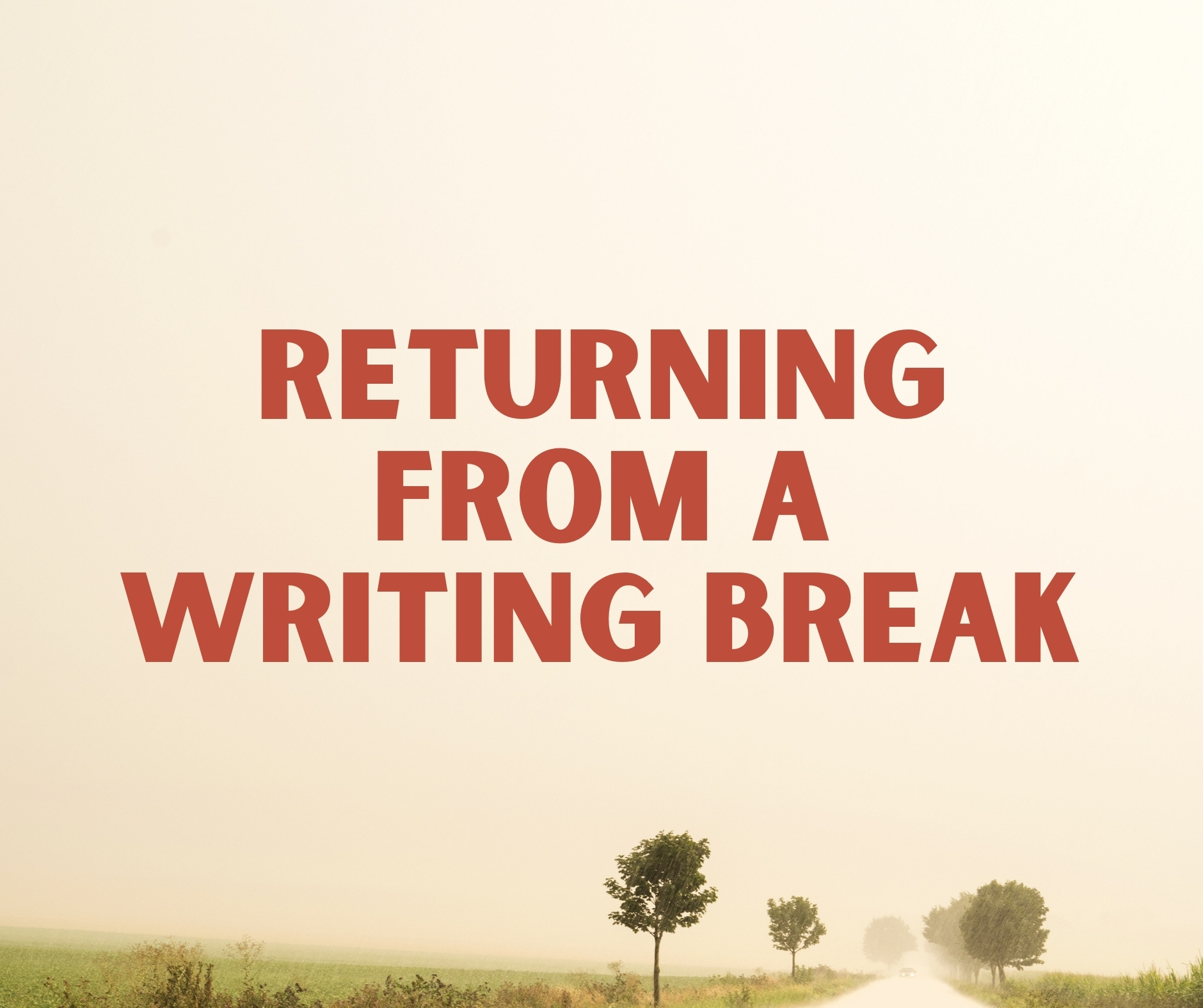Hey! Jon here. Just a heads-up that this post is over a year old and is therefore likely to be outdated.
Creativity, Inc. — Lessons from Pixar’s President on Storytelling Success
22nd March, 2019 Share on Twitter

Last week I finished reading a book called Creativity, Inc. by Ed Catmull, the former president of Pixar. This book had a big impact on me for a number of reasons, and I’d like to explore these in this post.
It’s unlikely you’re not already aware of Pixar’s films: Toy Story, A Bug’s Life, Cars, the list goes on, and all of them have garnered numerous awards. Pixar have always been a creative powerhouse.
But what is their secret? How do they continue to churn out such high-quality films so consistently?
I think I have a good idea of the answer, but it’s nothing as simple as a single management hack or storytelling tip. It’s a combination of factors, but each one is perfectly attainable for any creative person or leader.
Ed Catmull learned the benefits of a collaborative environment first-hand. In 1969, Catmull joined a computer science PhD program funded by the US Department of Defense. The professors leading Catmull’s research group made sure that the scientists leading the group had the latitude to work on the projects they felt the most passionate about.
You might instinctively think this would give the scientists license to slack off. But that didn’t happen—actually the reverse was true. Given the respect and trust to choose their own projects, they took ownership of their work and actually worked harder than the rest of the department.
All the scientists were happily working on their projects, but also eager to help one another out with their colleagues’ projects too. Ideas were freely exchanged in a safe environment without any feelings of offence or defensiveness.
Catmull saw that this environment was ideal for generating great work, and would later model his team at Pixar on this collaborative environment.
He also learned to look for the best creative people and let them fly! After finishing his PhD program, Catmull was invited to lead a research team in New York to create the world’s first animated film.
His first job was building a team. He hired a man named Alvy Ray Smith who would later prove invaluable to Pixar, even though at first he felt intimidated by his raw intelligence.
Catmull realised that in building a team of creative people, the leader should actively seek out people smarter than him! He gave Smith latitude to work on his projects and together they made great strides in researching the new field of computer graphics.
He also made sure that his research group had a flat, non-centralised structure. That meant that anyone in the team was free to communicate with anyone else, without the normal impediments to work and creativity that a traditional corporate hierarchy brings.
At Lucasfilm, Catmull learned that you should treat creative staff as human beings. After a few years in New York, Catmull moved to California to work for George Lucas’s film production company.
Lucas tasked Catmull and Smith to develop a new type of software that would allow film editors to actually cut and reorder scenes on the computer. At the time, editors literally cut physical film with razor blades.
The two men came up with brilliant new software and Lucas was delighted with it. He wanted them to implement it at once. They had missed just one thing, however—they had failed to ever mention this change of procedure to the editors! They didn’t like having to learn new working procedures and at first bitterly opposed it.
Catmull couldn’t understand why these editors were being so stubborn, and it was only later that he realised that they resented having changes imposed on them. The lack of communication made them feel undervalued, so it was no wonder they reacted so uncooperatively.
In spite of these difficulties, Catmull’s team at Lucasfilm would do great work in the field of computer graphics, inventing new movie animations for Star Trek II: The Wrath of Khan and Star Wars: Return of the Jedi.
He later learned that no one should have to ask to take responsibility. After Steve Jobs bought Catmull’s group and spun it out into an independent company named Pixar in the 1980s, it seemed certain that the company would become a hardware giant just like Apple.
During their time at Lucasfilm, Catmull and Smith had invented a powerful new computer to process the kind of computer graphics they were working with. They called it the “Pixar Image Computer” and when they decided to market and sell it, they set a price tag of $122,000 per unit(!).
This was far too expensive for most prospective customers and Jobs sunk a lot of money into the company to make it work. This led to them becoming a film company in the 1990s.
But during this time, Catmull studied manufacturing techniques from Japanese companies. He learned that factories had installed a rope that any worker could pull to stop the production line if they spotted a problem. This meant that anyone, from the lowest factory floor worker to senior management had equal ability to take responsibility.
He implemented many policies like these, allowing workers at any level of Pixar to voice their concerns over the direction of a project. Everyone was listened to when it came to creative projects, and it saved the company on a number of occasions.
Pixar’s storytellers learned to trust their own instincts. In the early 1990s Catmull, Jobs, and John Lasseter signed a deal with Disney to produce three feature films. They would produce the 1995 smash hit Toy Story that would forge the company’s identity for years to come.
But it wasn’t all rosy. In early story meetings, Disney executives recommended a number of story changes, which Lasseter eagerly agreed to these changes—after all, weren’t Disney the experts?
But now the character of Woody was a bully, he was cruel to the other toys and jealous. It ruined the story. When they met up with Disney again, they were so disappointed in the new story reels that they actually shut down production until they got it right.
Catmull saw in this the lesson that storytellers should always trust their own instincts. Feedback shouldn’t be given as an order to blindly follow. It is up to the storyteller to decide for themselves how to implement advice in the best way possible.
Pixar’s “Braintrust” is the key to many of its great film successes. Similar problems plagued the production of Toy Story 2. The story was decent at first, but it lacked the kind of strong emotional resonance they knew it could create for the audience.
They formed a “Braintrust”, a group of experienced animators and storytellers within the company who act as a sort of advice panel for Pixar film directors. They give unadorned feedback, and sometimes it’s painful to hear this advice. For Toy Story 2, their advice worked wonders.
 Woody needed to face the dilemma of choosing to live forever behind glass in a museum, or live on a shelf watching Andy grow up without him. To reinforce this choice, they made two changes to the story.
Woody needed to face the dilemma of choosing to live forever behind glass in a museum, or live on a shelf watching Andy grow up without him. To reinforce this choice, they made two changes to the story.
First, they added the character Wheezy. At the beginning of the story, he would tell Woody that he had been relegated to the shelf after his squeaker broke. This introduced the idea that toys could be left behind if broken, and thus gave stakes to Woody’s choice.
Second, they added the character Jessie. She tells Woody about how she was abandoned by her owner after she grew up. This introduces the further idea that, regardless of whether a toy gets broken, kids grow up and sometimes leave their toys behind. This terrifies Woody, making his decision all the more powerful for the story.
Remember what I told you about focusing on your story’s midpoint?
Both of these additions were suggestions from Pixar’s Braintrust. In sessions with the Braintrust, Catmull made sure that the environment was safe for exchanging feedback, even though the feedback is often frank! To this day, Pixar storytellers seek the helpful discussions with the Braintrust and swear by it, and it was replicated in Disney Animation after they bought Pixar in the 2000s.
The most important part of the Braintrust discussions is that even though the members are high-ranking executives, none of their advice is given as an order to a film’s director. This would only make the director defensive and resistant to change. Instead, directors are given full ownership of their projects, and the advice is optional! But they are still expected to collaborate and deliver films of Pixar’s high standards.
That is the formula to a working environment conducive to creative work!
Make sure to go grab Creativity, Inc. by Ed Catmull now on Amazon.
Hi guys! This post is from a past email from my storytelling newsletter. If you'd like to receive these as soon as they're written, sign up to my email list here.
Please check out The 24 Laws of Storytelling, my book that explores the principles that make some books and movies great and explains why others fail. By reading my book, you’ll gain the same strategies used by master storytellers such as Stephen King, Christopher Nolan, Fyodor Dostoyevsky, and many more. Pick up your copy today.




